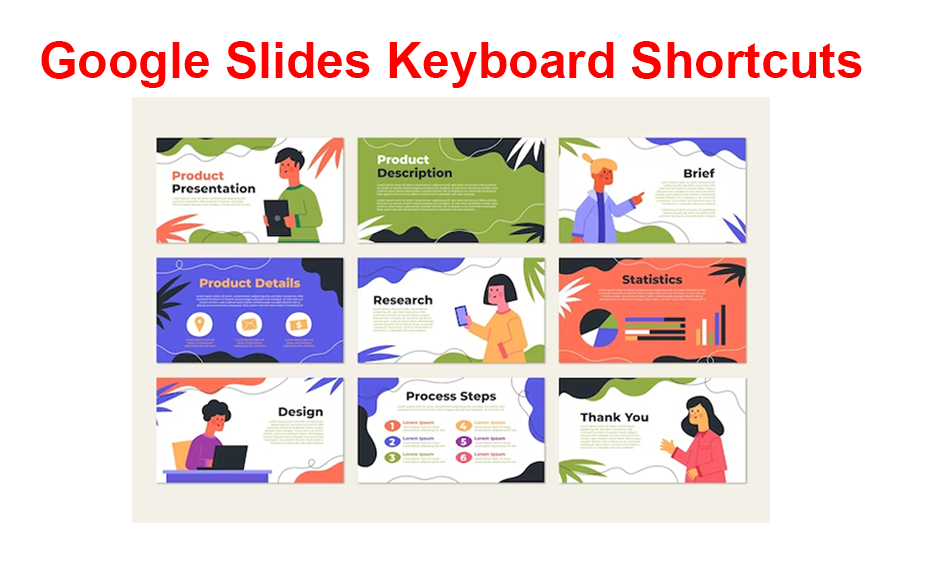Not everyone is a fan of keyboard shortcuts, but they can help you become more efficient and save time while working on a project. In Notion, the popular project management software, keyboard shortcuts are elevated to a whole new level.
The sheer number of commands and features makes the shortcuts almost necessary. The best part is that once you learn the keyboard shortcuts to your go-to features on Notion, they’ll quickly become second nature.
Comprehensively covering each shortcut in Notion could take hours, so we’ll just touch on the most popular options users incorporate into their daily use. We’ll also show you where to find every keyboard shortcut available for Notion.
Understanding Slash Commands in Notion
If it’s your first-time using Notion, learning how to use the slash commands should be the first task on the agenda. When you log into your Notion account, you can instantly get a sense of what using a forward slash “/” command can achieve.
Pressing the slash key will display a drop-down menu. You can choose from basic blocks such as inserting text or a new page, creating a to-do list, adding bullet points, and much more.
You can also create calendars and databases, insert images, or bookmark something important. While all this is possible with a click of the mouse, you can also enter text after the slash command to achieve the same goal. For example:
- “/image” inserts a new image.

- “/page” lets you create a new page.

- “/drive” allows you to upload files from Google Drive.

The forward slash commands in Notion make navigating through the platform much more efficient. Instead of moving the cursor and scrolling through options, an action can be executed quickly via the keyboard.
You can also use a slash command to modify existing content or add to it. Let’s say there is a specific paragraph on your Notion page, and you want to comment on it.
You can type a forward slash at the end of the paragraph and type “comment.” A comment field will appear, and you can fill it out and press Enter to save it.
Managing Page Keyboard Shortcuts in Notion
If you’re a prolific Notion user, you might have numerous pages and sub-pages dedicated to different content and tasks. You’re also likely adding more pages every day. If you’re constantly going back and forth, it can be helpful to move effortlessly between them with the help of the Notion keyboard shortcuts. To get started, try a few of these shortcuts:
- Cmd/Ctrl + N: new page (only available on desktop app)
- Cmd/Ctrl + Shift + N: new Notion window
- Cmd/Ctrl + P: open recently viewed page
- Cmd/Ctrl + [: go back one page
- Cmd/Ctrl +]: go forward one page
There are several other important keyboard shortcuts relating to Notion page features that users might find helpful. You can use the “[[“ command to create a sub-page, create a new page on a different location, or link a page. Here’s how it works.
- Open a Notion page.

- Enter “
[[“command followed by the name of the page. - Choose an option from the “Link to Page” section to link it or enter the name of the page to create a new sub-page.

These keyboard shortcuts cover the basics for managing pages in Notion and are a great starting point for becoming a pro Notion user.
Using Mention and Reminder Keyboard Shortcuts in Notion
Notion is widely used for businesses and teams as it makes collaboration effortless. There are times when you need to mention a team member to get their attention about something.
Notion allows users to make the most of the “@” command for this purpose. All you have to do is add a person’s name after the command, and they’ll be immediately notified.
The same approach applies if you want to create a link to another page using the “@” command. Enter the name of the page after it, and Notion will automatically create a link.
Furthermore, you can use this command to add a date to a specific task. You can write “today” or “next Tuesday” after the “@” command to make it as clear as possible.
Finally, if you enter “@reminder” followed by a date, you can quickly set up a reminder for yourself about something important and get a notification at the chosen time.
Don’t Forget the Keyboard Shortcuts for Emojis in Notion
Emojis are a part of life, and Notion encourages users to make the most of them, especially when creating new pages and categorizing tasks.
You can use emojis any way you choose in Notion. You don’t have to browse for the perfect emoji, either. There is a keyboard shortcut for each one. For example, you can type “apple” after the colon symbol (:) and you’ll get the apple emoji.

You don’t even have to write the whole word – start typing, and the available emojis will appear. Sometimes manually searching for the crown emoji can take you 30 minutes and still yield no results. Instead, use the colon command and put “crown.”
Where Can You Find All Notion Keyboard Shortcuts?
When it’s time to graduate to more complex keyboard shortcuts, the list of available actions is hiding in plain sight on any page in Notion. In the bottom-right corner of every page, you will see a question mark button.

If you click on it, you can select “Keyboard shortcuts” to learn more about what you can do. This feature allows you to read all the newest Notion updates and access the support page.
Cruising Through Notion Effortlessly
It seems that for Notion developers, keyboard shortcuts were not merely an afterthought but something worth perfecting. Judging by how many ways you can use the forward slash key alone; it would seem like everything can be done with one shortcut or another.
You can use keyboard shorts to create new pages, sub-pages and move them around. You can also mention people, add reminders, comment on images, and so much more by using the correct Notion command.
With shortcuts, users don’t have to click through various options to get to what they need, and that even includes finding the right emoji.
Which keyboard shortcuts would you use in Notion? Let us know in the comments section below.
Disclaimer: Some pages on this site may include an affiliate link. This does not effect our editorial in any way.













